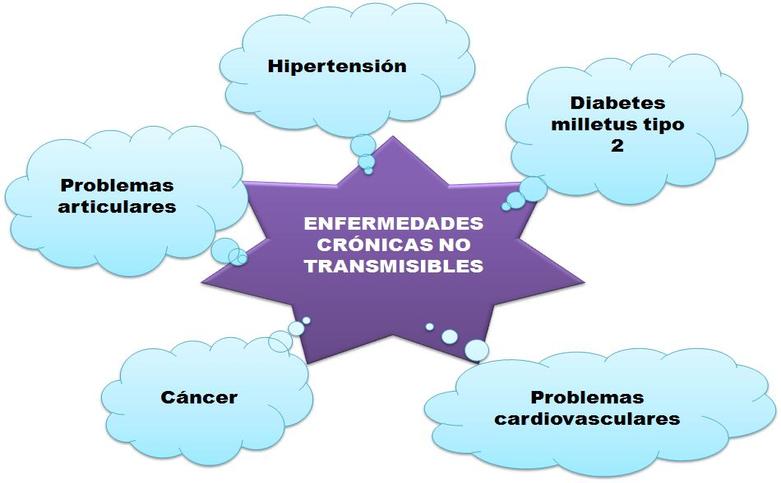Protecting Your Property: Preparing For Damaging Winds From Fast Storms

Table of Contents
Assessing Your Property's Vulnerability to Damaging Winds
Before a storm hits, understanding your property's weak points is crucial. A thorough inspection will reveal areas susceptible to wind damage and allow for proactive mitigation.
Identifying Weak Points
Many homes and structures have common vulnerabilities to high winds. Identifying these weaknesses is the first step toward effective protection.
- Loose Roofing: Missing or damaged shingles, improperly installed flashing, and clogged gutters can allow wind to penetrate the roof structure, causing significant damage.
- Weak Tree Branches: Overhanging or diseased branches can easily break off during a storm, becoming dangerous projectiles that can damage your home or property.
- Poorly Secured Outdoor Items: Loose furniture, garbage cans, and other outdoor objects can be lifted by strong winds and become dangerous debris.
- Unsecured Shutters: Without properly secured shutters, your windows are extremely vulnerable to damage from wind-driven rain and debris.
- Damaged Siding: Cracked or loose siding offers little resistance to high winds and can easily be ripped away.
- Old Trees: Mature trees with weak root systems are particularly vulnerable to uprooting during high winds.
Conduct a thorough inspection of your property, paying close attention to these vulnerable areas. Don't hesitate to enlist a professional for a comprehensive assessment.
Understanding Your Local Risk
Knowing your area's wind speed history and typical storm patterns is paramount. This information will help you assess your risk and tailor your preparation strategies accordingly.
- Local Weather Information: Consult your local National Weather Service (or equivalent) website for historical wind data, storm tracks, and current forecasts. Many offer interactive maps showing wind zones and predicted storm paths.
- Wind Zones: Understanding your property's wind zone will guide you in choosing appropriate building materials and protection methods. Higher wind zones require more robust preparations.
Securing Your Property Against High Winds
Once you've identified vulnerabilities, it's time to take action to secure your property. This involves reinforcing structural elements and securing loose objects.
Protecting Your Roof
Your roof is your first line of defense against damaging winds. Regular maintenance and reinforcement are essential.
- Inspect and Repair: Regularly inspect your roof for missing or damaged shingles, cracked flashing, and clogged gutters. Address any issues promptly to prevent further damage. Consider hiring a professional roof inspector for a thorough evaluation, especially if you have an older roof.
- Use Wind-Resistant Materials: When replacing or repairing your roof, opt for materials specifically designed to withstand high winds. These materials often feature stronger construction and improved resistance to uplift forces.
Securing Windows and Doors
Windows and doors are vulnerable entry points for wind and debris. Strengthening these areas significantly reduces the risk of damage.
- Storm Shutters: Installing storm shutters is one of the most effective ways to protect your windows. Consider hurricane shutters, which offer superior protection, or more affordable options like plywood boards.
- Reinforce Frames: Strengthen window and door frames by adding extra support or using specialized reinforcement kits. This will prevent the frames from being blown inward or outward during high winds.
- Protective Film: Applying a clear, protective film to your windows can help prevent shattering during high winds. This is a less expensive alternative to shutters, though less effective in extreme situations.
Protecting Outdoor Items
Loose objects can become dangerous projectiles during high winds. Secure them or store them indoors.
- Anchor Furniture: Use straps or weights to secure outdoor furniture, grills, and other heavy items.
- Store Items Indoors: Bring lightweight items such as garden decorations, tools, and trash cans inside before a storm.
- Clear Debris: Remove any loose debris from around your property, including branches, leaves, and construction materials. These items can be picked up by the wind and cause damage.
Developing an Emergency Plan for Fast Storms
Preparation is key to surviving a severe storm. Having a well-defined emergency plan ensures your safety and minimizes the impact on your property.
Creating a Communication Plan
Establish a communication plan with family members and neighbors in case power outages disrupt normal communication channels.
- Designated Meeting Points: Identify several safe, easily accessible meeting points in case you get separated during the storm.
- Emergency Contact Information: Ensure everyone in your household has access to emergency contact information, including local emergency services and out-of-area contacts.
Preparing an Emergency Kit
Assemble an emergency kit containing essential supplies to sustain your household for several days.
- Water: Store at least one gallon of water per person per day for several days.
- Non-Perishable Food: Stock up on non-perishable food items that require no cooking or refrigeration.
- Flashlight and Radio: Include a battery-powered flashlight, a hand-crank or battery-powered radio, and extra batteries.
- First-Aid Kit: Keep a well-stocked first-aid kit on hand to treat minor injuries.
Knowing Your Evacuation Route
If your area is prone to severe storms, knowing your evacuation route is critical.
- Identify Safe Routes: Map out several potential evacuation routes and identify alternative shelters if your primary option becomes unavailable.
- Practice Your Plan: Regularly review your evacuation plan with your family and conduct practice drills to ensure everyone knows what to do in an emergency.
Conclusion
Protecting your property from damaging winds from fast storms requires proactive preparation. By carefully assessing your property's vulnerability, implementing effective protection measures, and developing a comprehensive emergency plan, you can significantly reduce the risk of damage and ensure the safety of your family. Don't wait for the next storm to hit; protect your home from damaging winds today. Take action to mitigate damaging winds from fast storms and ensure the safety and security of your property. Prepare for damaging winds from fast storms now, and safeguard your future.

Featured Posts
-
 The Goldbergs Why The Show Remains Popular After All These Years
May 21, 2025
The Goldbergs Why The Show Remains Popular After All These Years
May 21, 2025 -
 Watch Live Bundesliga Matches Online Streaming Options And Schedules
May 21, 2025
Watch Live Bundesliga Matches Online Streaming Options And Schedules
May 21, 2025 -
 Zvanicno Vanja Mijatovic Vise Nije Vanja Mijatovic
May 21, 2025
Zvanicno Vanja Mijatovic Vise Nije Vanja Mijatovic
May 21, 2025 -
 Mangas Disaster Prediction Leads To Travel Cancellations In Japan
May 21, 2025
Mangas Disaster Prediction Leads To Travel Cancellations In Japan
May 21, 2025 -
 Aston Villa Vs Manchester United Fa Cup Match Report Rashfords Decisive Goals
May 21, 2025
Aston Villa Vs Manchester United Fa Cup Match Report Rashfords Decisive Goals
May 21, 2025
Latest Posts
-
 Swiss Foreign Minister Cassis Condemns Pahalgam Terror Attack
May 22, 2025
Swiss Foreign Minister Cassis Condemns Pahalgam Terror Attack
May 22, 2025 -
 Superalimentos Por Que Este Supera Al Arandano En Beneficios Para La Salud
May 22, 2025
Superalimentos Por Que Este Supera Al Arandano En Beneficios Para La Salud
May 22, 2025 -
 Adios Enfermedades Cronicas El Poder Del Superalimento Para Una Vida Larga Y Saludable
May 22, 2025
Adios Enfermedades Cronicas El Poder Del Superalimento Para Una Vida Larga Y Saludable
May 22, 2025 -
 El Superalimento Que Combate Enfermedades Cronicas Y Promueve La Longevidad
May 22, 2025
El Superalimento Que Combate Enfermedades Cronicas Y Promueve La Longevidad
May 22, 2025 -
 Adios Enfermedades Cronicas El Superalimento Para Una Vida Larga Y Saludable
May 22, 2025
Adios Enfermedades Cronicas El Superalimento Para Una Vida Larga Y Saludable
May 22, 2025
